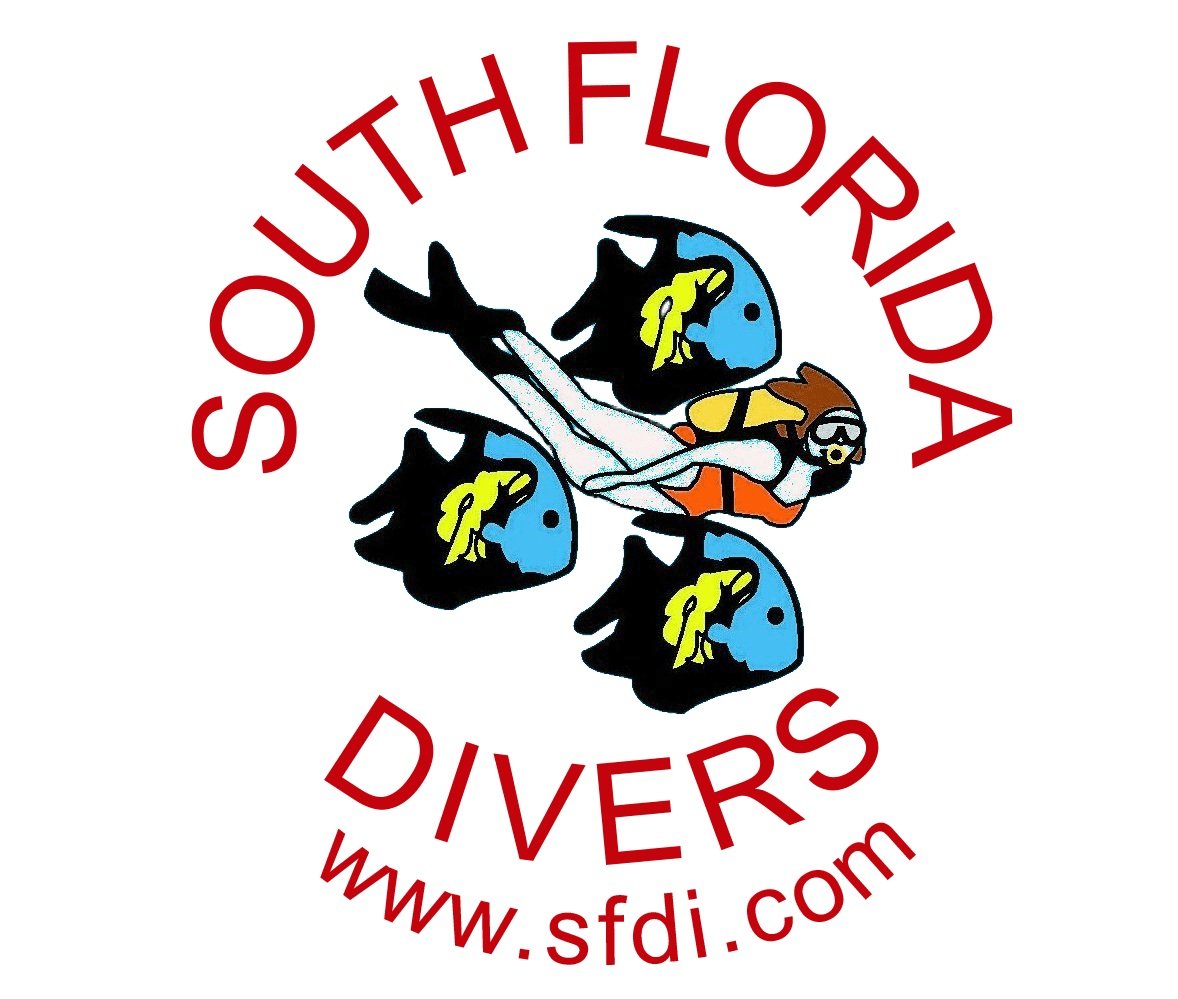Knife and/or Scissor:
Cut lines when you become entangled. Cut the drift diving line if float fails. Remove spines from lionfish. Trim your fingernails.
Flashlight:
See into holes and under reef ledges. Signal your dive buddy. Night rescue signal. Learn SOS signal (3 short – 3 long – 3 short). Some lights have a built-in SOS strobe pattern.
Safety Sausage with line attached:
Visual device for daytime rescue. Can be deployed to the surface while diver is at safety stop 10 or 15 feet down. These brightly colored safety sausages are very conspicuous on the surface.
Whistle:
A loud whistle can be heard from a greater distance then a yell. Easy to carry and use if attached to the upper part of your BC.
And, Drumroll….Dave’s ultimate dive safety device:
Nautilus Lifeline Satellite-Based Electronic Rescue:
This is a very small waterproof VHF radio with DSC function. After surfacing, you can open this case and call the boat using the tiny VHF radio. Make sure you know what channel(s) the boat will be monitoring and preset the unit before diving. You can also push a button and send an emergency alert to the USCG with your location data.
A few years ago while at the helm following some drift diving flags I received the following VHF radio message, “Boat Name, Boat Name, this is your dive group on the surface 250 yards to your northwest. Can you come pick us up?” It turned out they had become detached from the dive flag much earlier in the dive. I had continued to monitor the flag on the surface, and the divers had surfaced 300 yards away from the drift dive flag in an area I was not monitoring. The little radio worked exactly as it was designed to!
Be prepared and be safe!
Dave Wills
